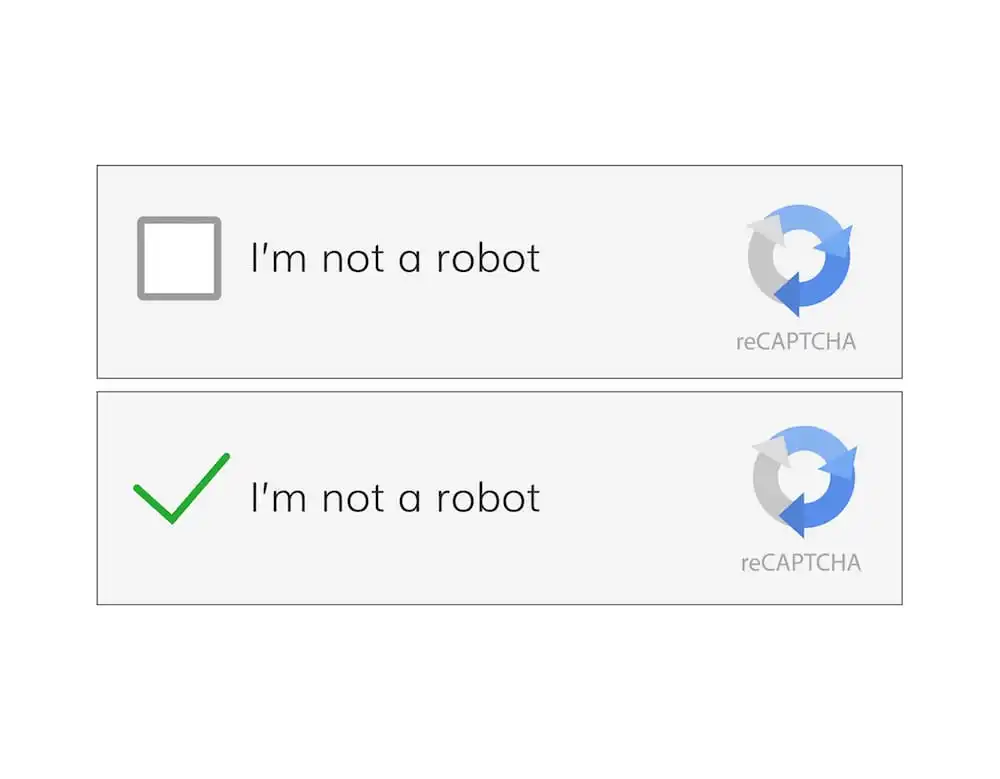You’ve probably noticed how CAPTCHAs aren’t what they used to be. Those distorted letters and numbers that once stumped automated systems now barely slow down advanced AI algorithms. Today’s recognition systems can decode these visual puzzles with accuracy rates that’ll make you question their effectiveness as security measures. What’s particularly intriguing is how this cat-and-mouse game between security developers and AI capabilities continues to evolve, pushing both sides to develop increasingly sophisticated solutions. The real question isn’t whether AI will completely crack the CAPTCHA code, but what’s next in this ongoing battle for digital verification.
systems now barely slow down advanced AI algorithms. Today’s recognition systems can decode these visual puzzles with accuracy rates that’ll make you question their effectiveness as security measures. What’s particularly intriguing is how this cat-and-mouse game between security developers and AI capabilities continues to evolve, pushing both sides to develop increasingly sophisticated solutions. The real question isn’t whether AI will completely crack the CAPTCHA code, but what’s next in this ongoing battle for digital verification.
The Rise of Text Verification
While early internet security relied primarily on simple password systems, text verification through CAPTCHA emerged in the late 1990s as a critical defense against automated bots. You’ll find that CAPTCHA’s text-based challenges revolutionized web security by requiring users to decode distorted characters that machines couldn’t easily read, creating an effective barrier between human users and automated scripts.
Visual Recognition Breakthroughs
Advances in machine learning have dramatically transformed the landscape of CAPTCHA security since 2010. You’ll find that convolutional neural networks (CNNs) can now decode visual CAPTCHAs with up to 98% accuracy. These systems excel at pattern recognition through deep learning algorithms, leveraging massive training datasets and advanced image segmentation techniques to identify and process distorted characters effectively.
Behavioral Analysis Methods
Monitoring user behavior patterns has emerged as a sophisticated alternative to traditional visual CAPTCHAs. You’ll find that modern systems analyze mouse movements, typing rhythms, and interaction timing to differentiate between humans and bots. These behavioral metrics include keystroke dynamics, cursor trajectories, and device fingerprinting. By implementing machine learning algorithms, you can detect suspicious patterns that indicate automated activities.
Future Security Challenges
In the domain of CAPTCHA security, emerging AI technologies pose unprecedented challenges for traditional verification methods. You’ll need to prepare for quantum computing threats, advanced deep learning models that can decode complex patterns, and sophisticated bot networks. These developments will require you to implement adaptive CAPTCHAs, multimodal authentication systems, and real-time threat detection mechanisms.

